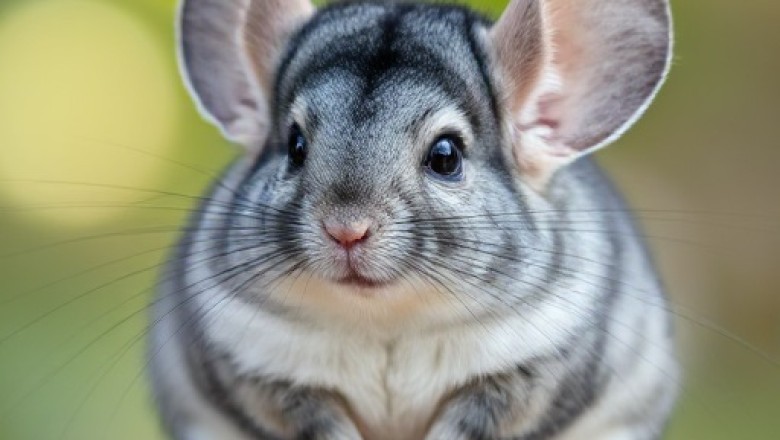
views
An Introduction to Chinchillas: What Is a Chinchilla?
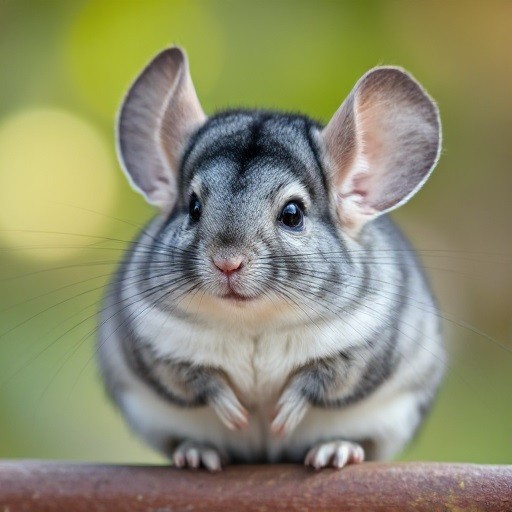
Chinchillas, with their soft, plush fur and adorable appearance, have captured the hearts of animal lovers worldwide. These small, furry creatures are known for their unique characteristics and are often kept as pets. However, many people are still unfamiliar with the fascinating world of chinchillas. In this article, we will provide an in-depth introduction to chinchillas, covering their origins, characteristics, species, and their popularity as pets.
Origins of Chinchillas
Chinchillas are native to the Andes Mountains in South America, where they thrive in the cold, rocky terrain. Their natural habitat ranges from the high-altitude regions of Argentina, Bolivia, Chile, and Peru. Chinchillas are well-adapted to their environment, with thick fur that provides insulation against the harsh, cold climate.
Historically, chinchillas were hunted extensively for their luxurious fur, which is one of the softest and densest of any land mammal. This over-hunting led to a drastic decline in wild chinchilla populations, bringing them to the brink of extinction. Fortunately, conservation efforts and breeding programs have helped to preserve these fascinating creatures, allowing them to continue to thrive both in the wild and in captivity.
Characteristics of Chinchillas
Chinchillas are small rodents, typically weighing between 1 to 1.5 pounds and measuring about 9 to 14 inches in length, not including their bushy tails, which can add another 3 to 6 inches. They have large, round eyes and long whiskers that give them an alert and curious appearance. Their ears are large and rounded, helping them to detect sounds in their environment.
Fur and Coloration
One of the most notable characteristics of chinchillas is their incredibly soft and dense fur. Each hair follicle produces 50 to 75 hairs, making their fur extremely thick. This dense fur helps to protect them from the cold temperatures in their natural habitat.
Chinchillas come in a variety of colors, although the most common coloration is a bluish-gray known as "standard gray." Other colors include white, beige, black, sapphire, and violet, which are often the result of selective breeding in captivity.
Behavior and Temperament
Chinchillas are known for their playful and energetic behavior. They are crepuscular animals, meaning they are most active during dawn and dusk. In the wild, they are social animals that live in colonies, and this social nature is evident in their playful interactions with their human caregivers and other chinchillas.
Chinchillas are also known for their intelligence and curiosity. They enjoy exploring their environment and can be trained to perform simple tricks and respond to their names. However, they can be shy and skittish, especially if they are not handled regularly from a young age.
Species of Chinchillas
There are two primary species of chinchillas: the long-tailed chinchilla (Chinchilla lanigera) and the short-tailed chinchilla (Chinchilla chinchilla). Both species share similar characteristics, but there are some differences in their appearance and habitat.
Long-Tailed Chinchilla
The long-tailed chinchilla, also known as the Chilean or coastal chinchilla, is the more commonly domesticated species. They have longer, bushier tails and slightly smaller bodies compared to the short-tailed chinchilla. Long-tailed chinchillas are often found at lower elevations in the Andes Mountains.
Short-Tailed Chinchilla
The short-tailed chinchilla, also known as the Peruvian or Bolivian chinchilla, has a stockier body and a shorter, less bushy tail. This species is less common in captivity and is more likely to be found at higher elevations in the Andes Mountains. Short-tailed chinchillas are considered more endangered due to their limited range and the pressures of habitat destruction and hunting.
Chinchillas as Pets
Chinchillas have become increasingly popular as pets due to their adorable appearance, playful nature, and relatively low-maintenance care requirements. However, prospective chinchilla owners should be aware of the specific needs and considerations associated with keeping these unique animals as pets.
Housing and Environment
Chinchillas require a spacious and secure cage to accommodate their active lifestyle. The cage should be large enough to allow for climbing, jumping, and exploring. Multi-level cages with ramps and platforms are ideal, as they provide opportunities for exercise and mental stimulation.
The cage should be placed in a cool, dry area, away from direct sunlight and drafts. Chinchillas are sensitive to heat and can easily suffer from heatstroke, so it's important to maintain a temperature range of 60 to 70 degrees Fahrenheit.
Diet and Nutrition
A balanced diet is essential for a chinchilla's health. Their primary diet should consist of high-quality hay, such as timothy hay, which provides the necessary fiber for their digestive system. Additionally, chinchillas should be fed a pellet diet specifically formulated for their nutritional needs.
Fresh water should always be available, and treats such as small pieces of fruit or vegetables can be given occasionally. However, treats should be limited to prevent obesity and digestive issues.
Grooming and Care
Chinchillas have unique grooming requirements due to their dense fur. They do not bathe in water, as it can cause their fur to mat and become difficult to dry. Instead, chinchillas take dust baths to keep their fur clean and healthy. Specially formulated chinchilla dust is available for this purpose and should be provided several times a week.
Regular cleaning of the cage and providing safe chew toys are also important aspects of chinchilla care. Chinchillas have continuously growing teeth, so they need access to items they can chew on to keep their teeth healthy and properly worn down.
Social Interaction
Chinchillas are social animals and thrive on interaction with their human caregivers and other chinchillas. They can form strong bonds with their owners and enjoy spending time outside of their cage for supervised playtime and exploration. Regular handling from a young age can help chinchillas become more comfortable and sociable.
Conclusion
Chinchillas are fascinating and delightful creatures that make wonderful pets for those willing to meet their specific care requirements. Their soft, plush fur, playful nature, and unique characteristics have endeared them to animal lovers worldwide. By understanding their origins, characteristics, and care needs, prospective chinchilla owners can ensure a happy and healthy life for their furry companions.
All images are AI generated.











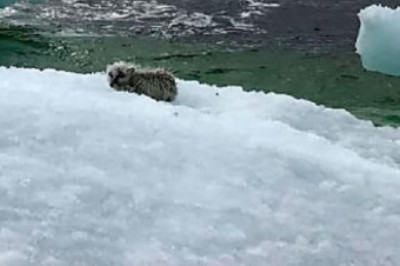

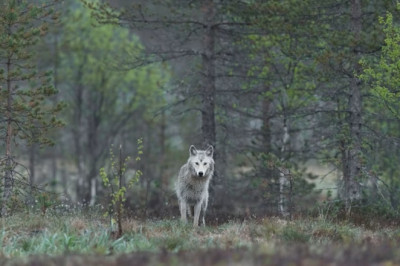

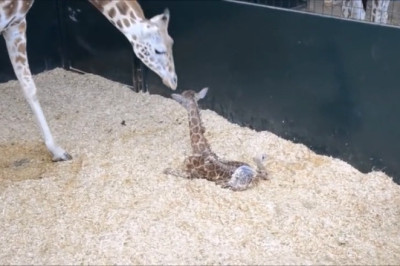




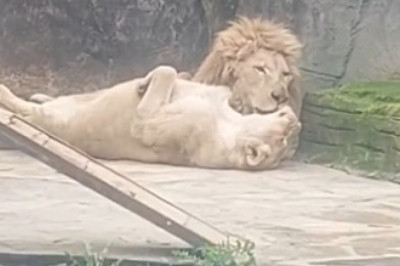
Comments
0 comment